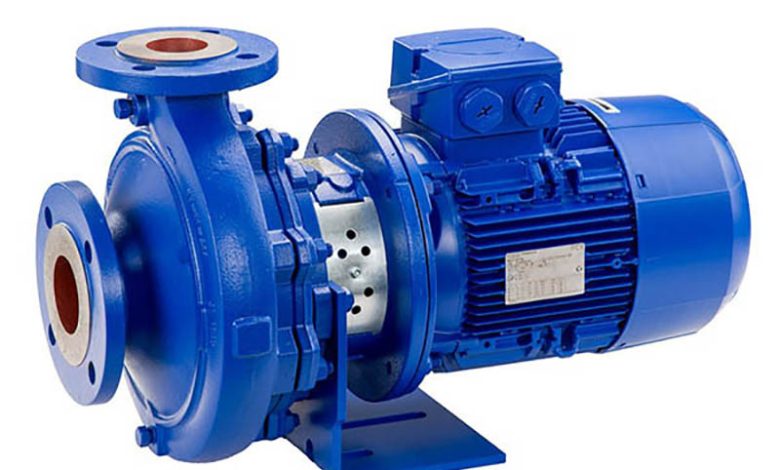THE FUTURE OF PUMP TECHNOLOGY: INNOVATIONS AND TRENDS TO WATCH

Pumps are among the most fundamental and ancient pieces of technology in our industrial repertory, serving an indispensable function in everything from agriculture to sewage treatment. Even while they might not be the most attractive devices out there, they are continually developing and improving, with new designs and technology appearing regularly.
What, then, can we anticipate from the pump sector in the upcoming years? Here are the pump innovations and trends to watch in the future:
Smart pumps
Pump manufacturers like Pumpbiz are investing in smart pump designs that focus on reducing vibrations and providing easy access to parts for maintenance. This prolongs the life cycle of the pump and makes it more durable. This could also entail adding more sensors to collect information on the fluid’s temperature, viscosity, and flow rate. Therefore, it would be possible to use this data to enhance pump performance or identify issues before they arise.
Connected pumps
The pump sector will not be exempt from the impending transformation of the Internet of Things (IoT) in almost every industry. According to this technological trend, an increasing number of pumps will have wireless connectivity in the future, enabling data sharing and remote operation.
This could have several advantages, including lower maintenance costs, downtime, and increased energy efficiency. It also makes it possible to build new smart city infrastructure, including automated systems that control water use in dry spells or even ensure backup pumps run when needed.
Improved energy efficiency of pumps
Energy conservation is rising to the top of the global industry priority list. In response to this trend, equipment makers continually strive to create more energy-efficient systems without sacrificing dependability or quality. The manufacturers of the pumps are in a similar situation.
This can entail building pumps to manage low-flow conditions better or utilizing more energy-efficient motors. The ability of modern pumps to adapt their speed and flow rates to demand results in significant energy savings, especially given the ongoing rise in energy costs. Furthermore, further investigation and advancement will focus on streamlining pump functions to maximize output while minimizing energy use.
Pumps designed in 3D
3D printing will also influence the pump business in the next few years. This can entail using 3D-printed components to make unique or one-of-a-kind pumps for particular uses.
It may also indicate that pumps may be created and assembled far more quickly than conventional techniques. Manufacturers will soon start selling 3D-printed pumps directly to consumers. 3D printing of pump parts is another option for reducing downtime.
Substitute materials
Although metals like steel and aluminum are usually used to make pumps, other materials might be employed more frequently in the future. Polymers, composites, and even 3D-printed materials may fall under this category. Alternative materials have several benefits, including lighter weight, increased durability, and lower pump cost. Additionally, it might create new opportunities for pump design, enabling producers to produce unique forms and dimensions.
Final thoughts
Pumps are now more than just mechanical devices; they are sophisticated, effective, and eco-friendly machinery.



